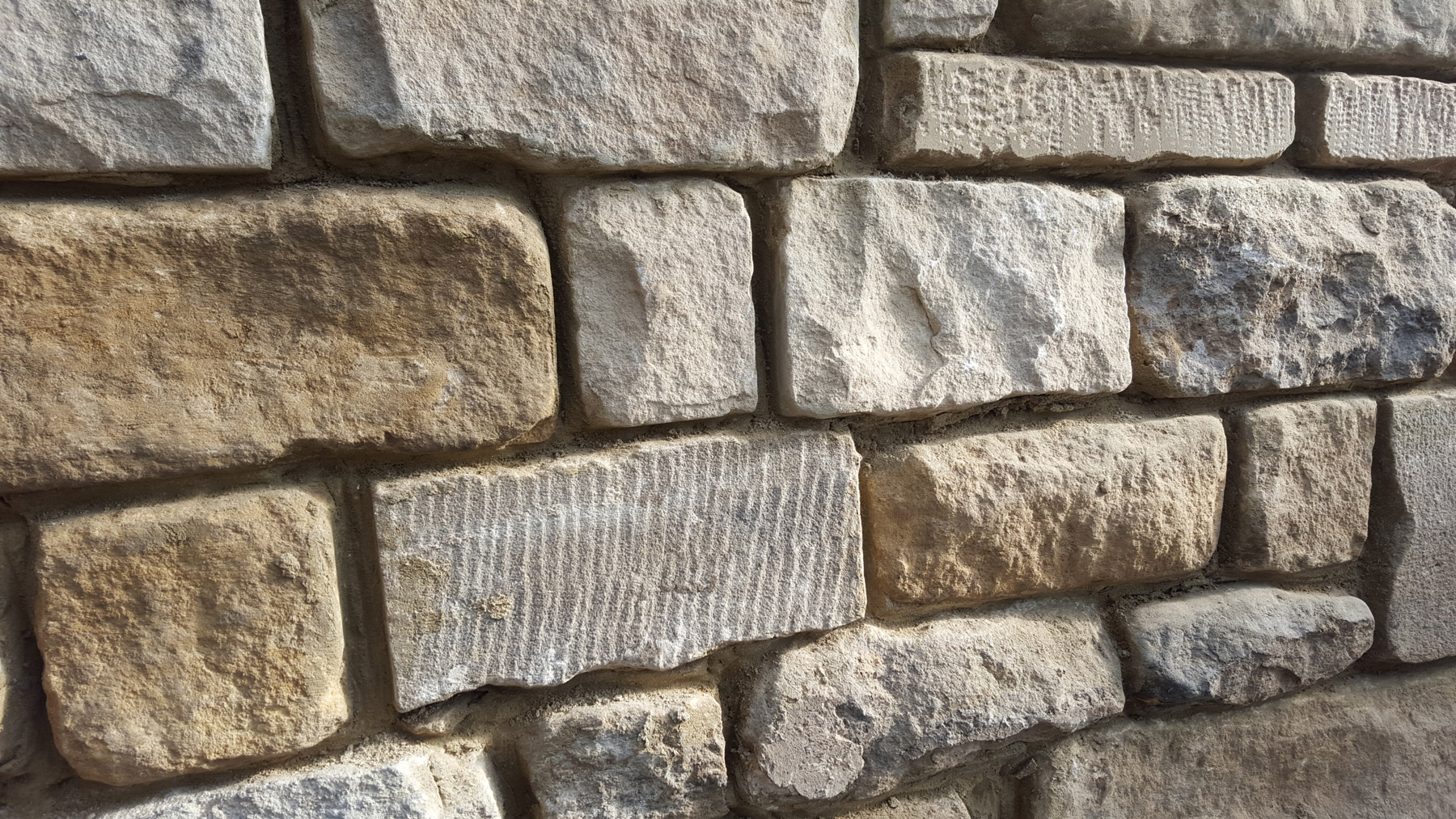Through Destruction to Revitalization: The Method of Stone Restoration

Revitalizing stone exteriors can be both a gratifying and challenging endeavor, converting decrepit edifices into stunning exhibits of artistry and timelessness. If it entails restoring the luster of an old stone front or mending worn pathways, the craft of stone restoration is an expertise that necessitates careful consideration and a profound understanding of materials. As more residents and restoration enthusiasts look to preserve their properties' historical authenticity, the need for successful stone restoration methods continues to grow.
In this manual, we will discuss the essential steps in stone restoration, frequent mistakes to steer clear of, and the supplies most suitable for such projects. From understanding when it’s time to revitalize your stone surfaces to discovering the dos and don’ts of engaging in either do-it-yourself methods or contracted services, we will outline everything you need to embark on this path from ruins to restoration. The mission at hand is not just about looks; it reflects our commitment to preserving heritage and ensuring that these gorgeous stone features stay a part of our environments for years to come.
Kicking Off with Stone Renovation
Before starting a stone restoration project, it's important to assess the condition of the stone surfaces you wish to restore. Commence by inspecting the type of stone, its age, and the level of the damage or wear. Look for fissures, stains, and surface erosion, as these factors will dictate the specific restoration techniques necessary. Understanding the unique characteristics of the stone will aid you select the appropriate methods and materials for your project.
Once you have a clear assessment, the subsequent step is to acquire the suitable tools and materials. Depending on the extent of the restoration, you may need cleaners, protective coatings, chisels, and abrasives. It's vital to choose products formulated specifically for the type of stone you are using to avoid more issues. If you're indecisive about what to use, consulting with a professional or doing in-depth research can provide information into the best practices for your specific situation.
Finally, consider the option of taking a DIY approach or hire professionals for your stone restoration project. While some minor fixes can be managed on your own, bigger or more intricate restorations might require specialized skills. Weigh the benefits of each option, keeping in mind your budget, timeline, and the complexity of the restoration needed. Ultimately, kicking off with the right note with careful planning will lay the foundation for a beneficial stone restoration journey.
Common Mistakes in Stone Restoration
One frequent mistake in stone restoration is failing to assess the type of stone being worked on. Various stones require particular cleaning methods and materials, and using the inappropriate products can lead to lasting damage. It is important to identify the stone's composition and condition before starting the restoration process. Failing to do so can result in costly mistakes and compromises to the structure's integrity.
Another common error is over-cleaning the stone surfaces. While https://stonerestoration.com.au/services/marble-restoration-sydney/ may seem helpful to eliminate all stains and dirt completely, aggressive cleaning can strip the stone of its natural patina and leave it vulnerable to later damage. Instead, it is wise to use mild cleaning techniques and avoid aggressive chemicals that could degrade the stone. Maintaining the stone's character while ensuring cleanliness should be the main focus.
Finally, many restorers ignore the necessity of proper sealing and maintenance after restoration. Not applying an suitable sealer can leave the stone susceptible to moisture infiltration, which can lead to additional deterioration. Routine maintenance is crucial in preserving the beauty and longevity of restored stone surfaces. Implementing a robust maintenance plan allows homeowners to protect their investments and enjoy the results of their restoration efforts for a long time to come.
Caring for Your Refurbished Stone Surfaces

After your stone surfaces have been restored, it is important to create a consistent maintenance routine to guarantee their longevity and beauty. Start by systematically dusting and sweeping the surfaces to clear away loose debris and avoid scratches. For thoroughly cleaning, use a pH-neutral stone cleaner that won’t damage the newly restored stone. Steer clear of acidic or abrasive cleaners, as these can negatively affect the material over time. Regular maintenance not only boosts the appearance but also assists in identifying any potential issues early.
Sealing is an important part of maintaining restored stone surfaces. A top-notch stone sealer delivers protection against stains, moisture, and other environmental factors that can deteriorate the integrity of the stone. Depending on the variety of stone and its location, the frequency of resealing may vary. Regularly check for signs that the sealant is wearing off, such as discoloration or reduced water resistance. Proper sealing can profoundly extend the life of your restored stone.
In conclusion, be mindful of furniture placement and foot traffic patterns. Use protective pads under furnishing legs to prevent scratches and consider using area rugs in high-traffic areas. Educating family members and guests about the significance of staying away from the surfaces when wet can also be beneficial. By using these maintenance strategies, you will help preserve the charm and functionality of your restored stone surfaces for years to come.
